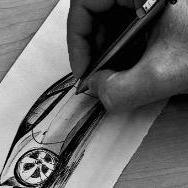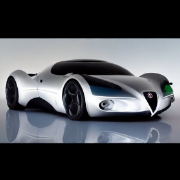Volvo S60 Concept (Foto Ufficiali - Galleria a pag. 4)
-
Contenuti simili
-
- 9 risposte
- 1459 visite
-
- 43 risposte
- 4545 visite
-
Citroen C5 Aircross Concept 2024 1 2 3 4 5
Pubblicato da j,
- citroen c5 aircross
- c5
- (e 7 altri in più)
- 42 risposte
- 4790 visite
-
-
-












.thumb.jpg.902d2a4f20a129e92b6f6920407b81bd.jpg)




.thumb.jpg.46228d717c405acd43b45b79fddce6a4.jpg)






Messaggi Raccomandati: